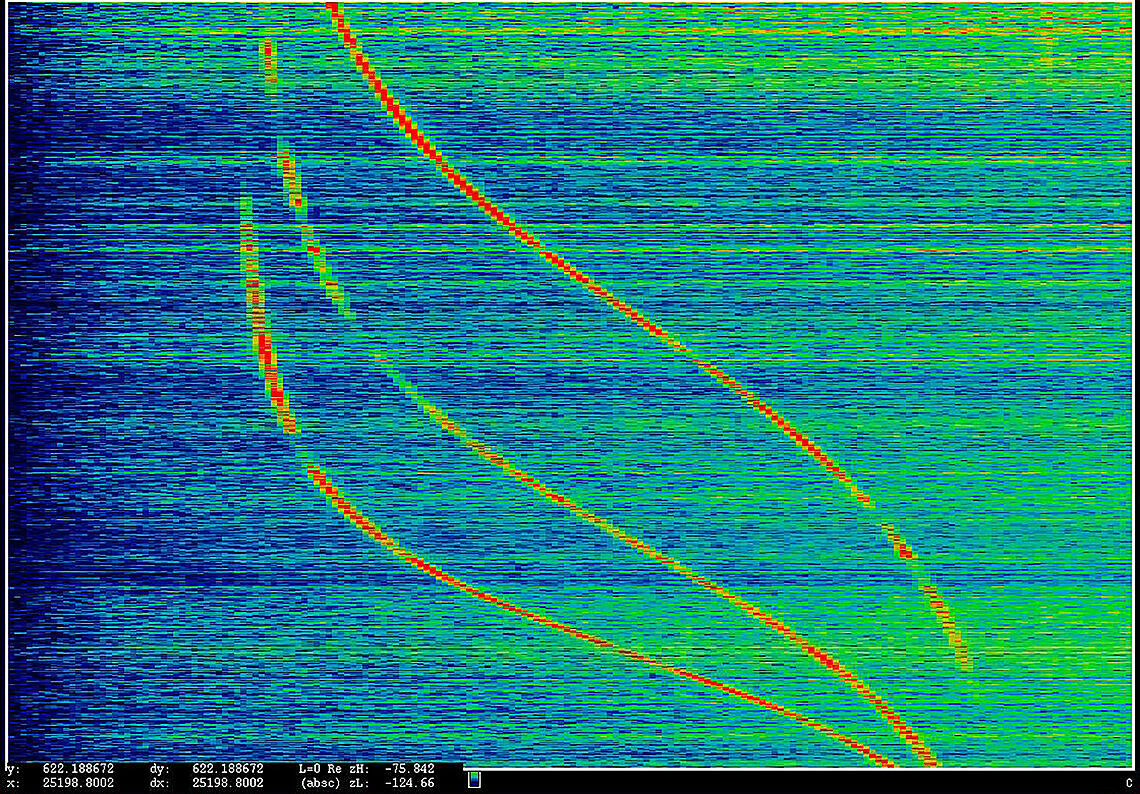Redaction
Explore how redaction changes the meaning of a text
In November 20, 2004, 2016, Poitras retraces the events that lead to her being placed on a secret government watchlist, evoking the hidden surveillance she has experienced. The installation includes black-and-white transparencies of classified documents pertaining to her case that were released to her after she filed a Freedom of Information Act lawsuit against the government in 2015 for access to them. Some of the text in these documents has been redacted—parts of the document remain secret or censored for legal or security purposes.
a. Find definitions of classified information here: https://en.wikipedia.org/wiki/Classified_information_in_the_United_States
Why might a document be classified?
When does the public get access to classified information?
b. Since 1967, the Freedom of Information Act (FOIA) has provided the public the right to request access to records from any federal agency. It is often described as the law that keeps citizens in the know about their government. Freedom of Information Act (FOIA). http://www.foia.gov
What type of information do we have access to?
What might be kept secret? Why?
c. Ask your students to work in pairs. Have each student find a short paragraph or five-line excerpt from a favorite book and photocopy or print it out. Have each pair swap texts and use a marker to black out twenty or more words. Ask each pair to exchange texts again and discuss how redaction changes the meaning of each text.

